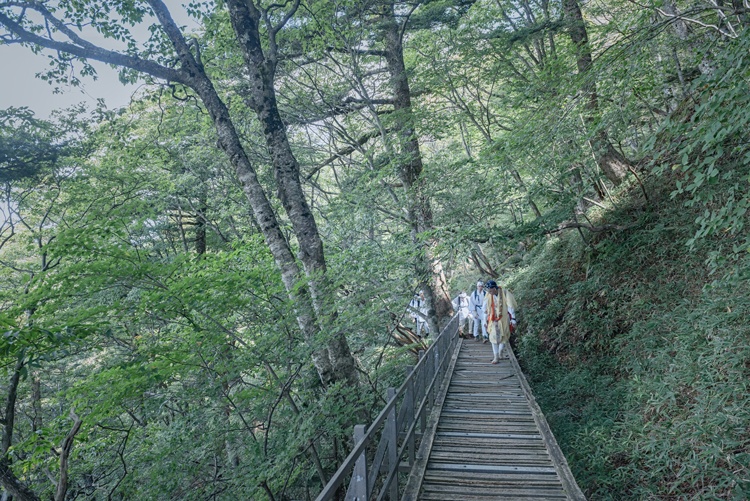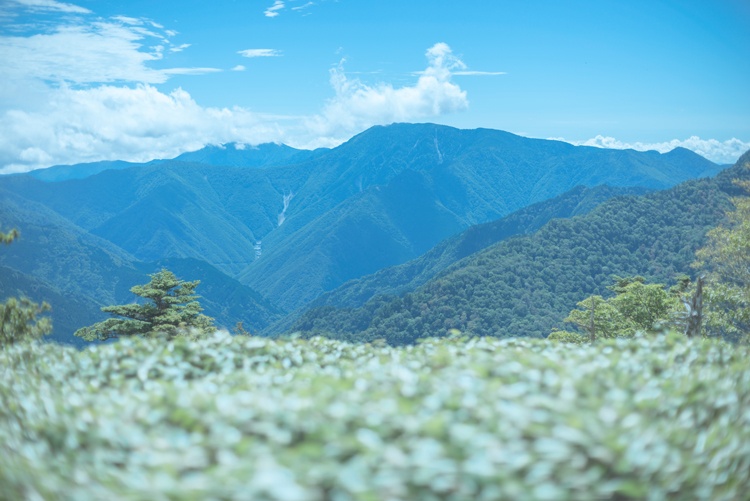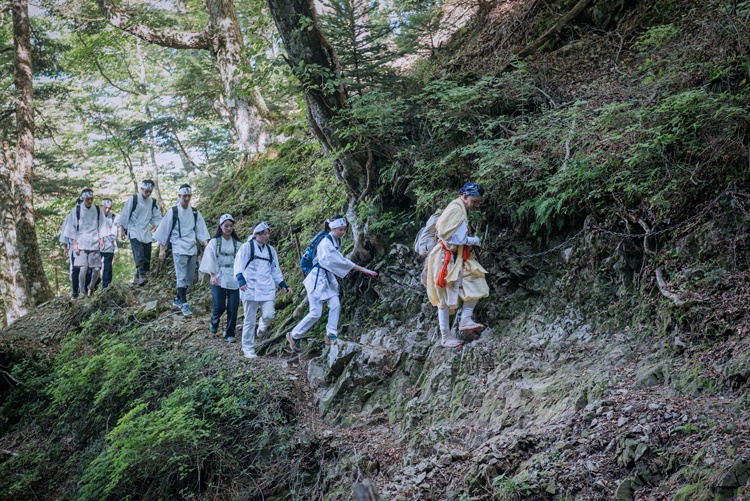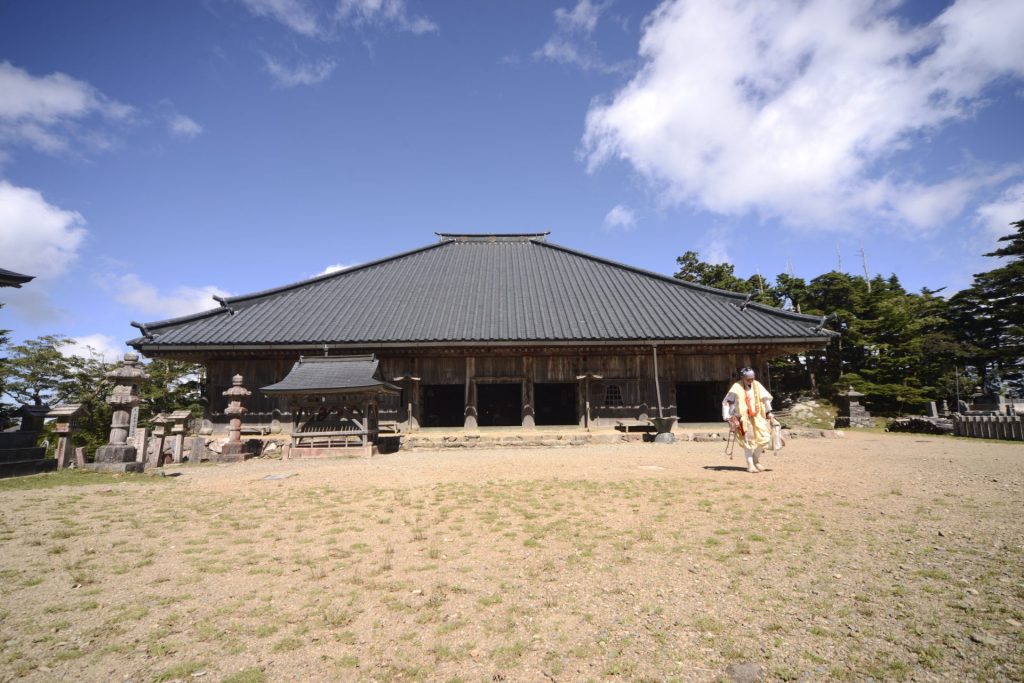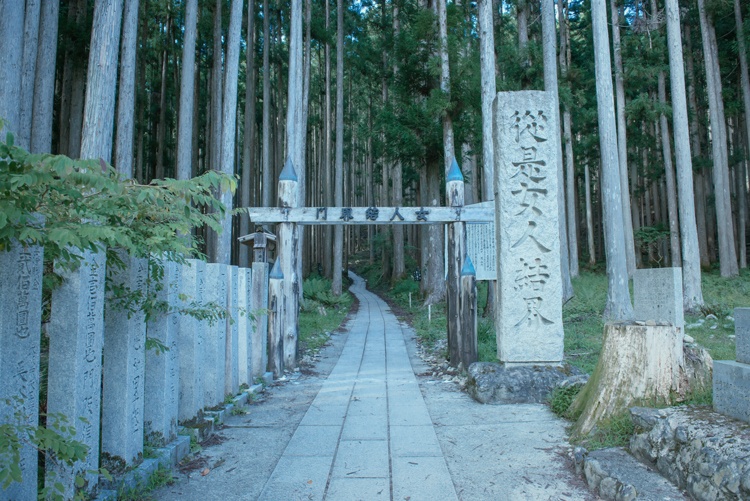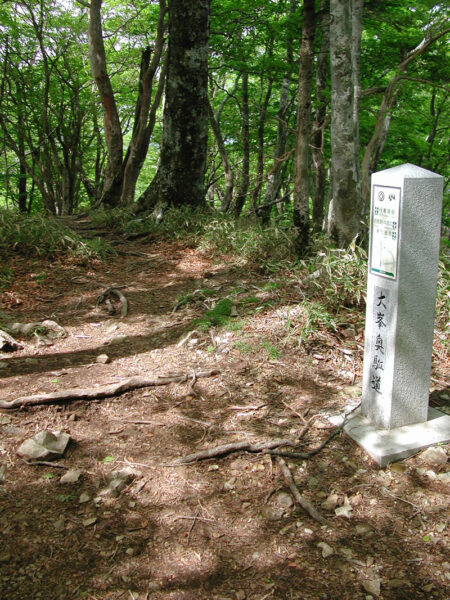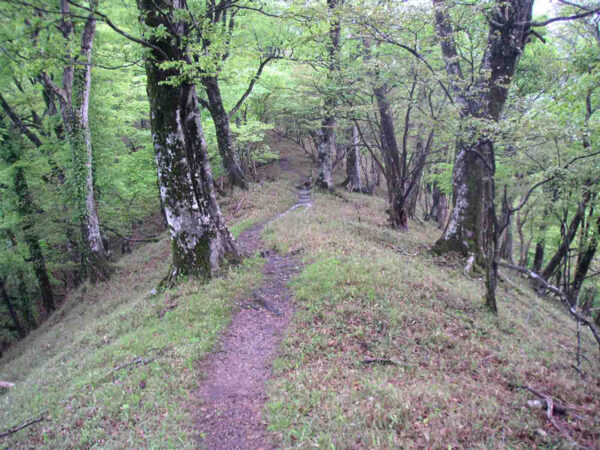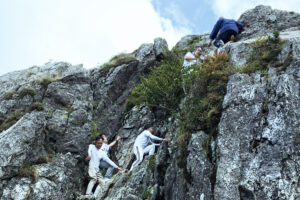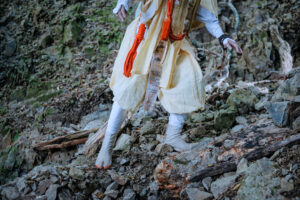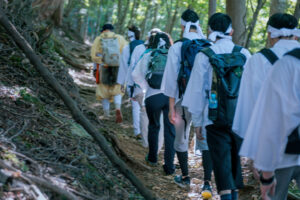WORLD HERITAGE
UNESCO World Heritage: Sacred Sites & Pilgrimage Routes in the Kii Mountain Range
The path of the spirits and prayer
In ancient times, Japanese people were in awe of magnificent mountains, lush forests, and precipitous cliffs. They also regarded the mountains that produced water as the source of life and revered them as sacred places.
Mount Sanjo-gatake, part of Omine mountain range, is the first sacred place of mountain worship in Japan with a history of 1,300 years. Even today, many people come to the mountain to practice asceticism and deepen their inner self. The mountains of Omine in Tenkawa Village have influenced the spirituality of the Japanese people since ancient times.
UNESCO World Heritage: Sacred Sites & Pilgrimage Routes in the Kii Mountain Range
The World Heritage, “Sacred Sites & Pilgrimage Routes in the Kii Mountain Range” strands Nara, Mie, and Wakayama Prefectures. It includes three religious sacred sites: Yoshino-Omine, Three Important Shrines in Kumano, and Mount Koya. The pilgrimage routes connecting them are Omine Okugake-michi, Kumano Pilgrimage Routes (Kohechi, Nakahechi, Ohechi, Iseji), and Choishi-michi on Mount Koya. Of these, Ominesan-ji Temple and part of Omine Okugake-michi are located in Tenkawa Village.
The Kii mountain range is a mountainous region with elevations ranging from 1,000 to 2,000 meters, where high levels of precipitation nurtures deep forests. It has been a land fostering the spirit of nature worship since ancient times. After the introduction of Buddhism to Japan in the 6th century, it became a place for mountain ascetic practices, including Shugendo and Shingon Mikkyo. In particular, Shugendo, which emerged in the 10th to 11th centuries with the aim of acquiring supernatural abilities through mountain asceticism, originated at the Ominesan-ji Temple on Mount Sanjo-gatake. Additionally, in the 9th to 10th centuries, it gathered faith as a sacred place of the “syncretism of Shinto and Buddhism,” and around the 10th to 11th centuries, amid the prevalence of the “Mappo” concept (The Age of the Degenerate Dharma), the Kii mountain range located to the south of the imperial capital came to be believed as a pure land where Buddhist deities resided. The spiritual nature of this region is thought to have been significantly influenced by the unique topography of deep mountains approaching the southern sea. The fusion of prayers handed down since ancient times and the nurturing natural environment continues to persist, leading to its recognition as a UNESCO World Heritage site.
Omine Okugake-michi
Omine Okugake-michi is the path of ascetic practices believed to have been established by En-no Gyoja, the founder of Shugendo, in the early 8th century. The approximately 170-kilometer journey from Yoshino to Kumano follows the ridges of mountains, including Mount Sanjo-gatake, Mount Misen, and Mount Hakkyo-gatake, with elevations of nearly 2,000 meters. Undertaking the Omine Okigakemichi is considered the most rigorous and challenging ascetic practice within Shugendo. Known as “Okugake Shugyo,” practitioners undertake this training, walking through steep mountains while visiting sacred sites called “Omine 75 Nabiki.”
The mountain range is symbolically divided into the realms of Vajradhātu (on the Yoshino side) and Garbhakoṣa (on the Kumano side) according to Buddhist teachings. The pilgrimage is seen as a ritual of symbolic death and rebirth, performed while circumambulating and visiting sacred sites along the way.
Going into the Mountain
The belief in Shugendo revolves around the harmonious blend of nature worship with religions such as Shinto and Buddhism. By venturing deep into the mountains and undertaking rigorous ascetic practices, practitioners aim to attain mystical powers, seeking salvation for themselves and others.
En-no Gyoja, the founder of Shugendo, dedicated himself to ascetic training on sacred mountains and attained the realization of the deity Kongo Zao Daigongen. The primary training ground for Shugendo is the sacred peak of Mount Omine (Sanjo-gatake). Boasting a history of over 1300 years, it continues to serve as the fundamental training center of Shugendo, where many people today enter the mountains to reflect on themselves and rejuvenate their souls.
 Tenkawa Village Sightseeing Website
Tenkawa Village Sightseeing Website